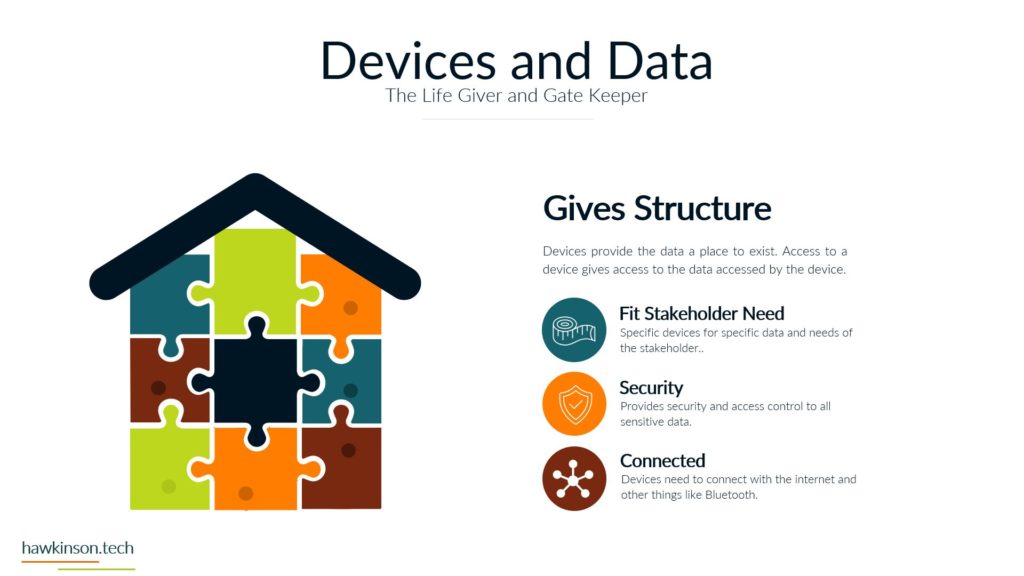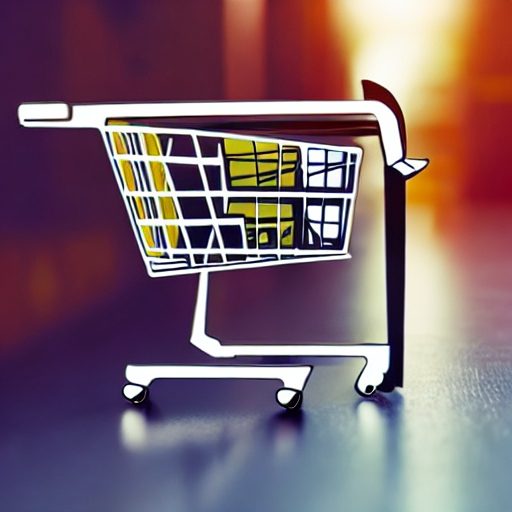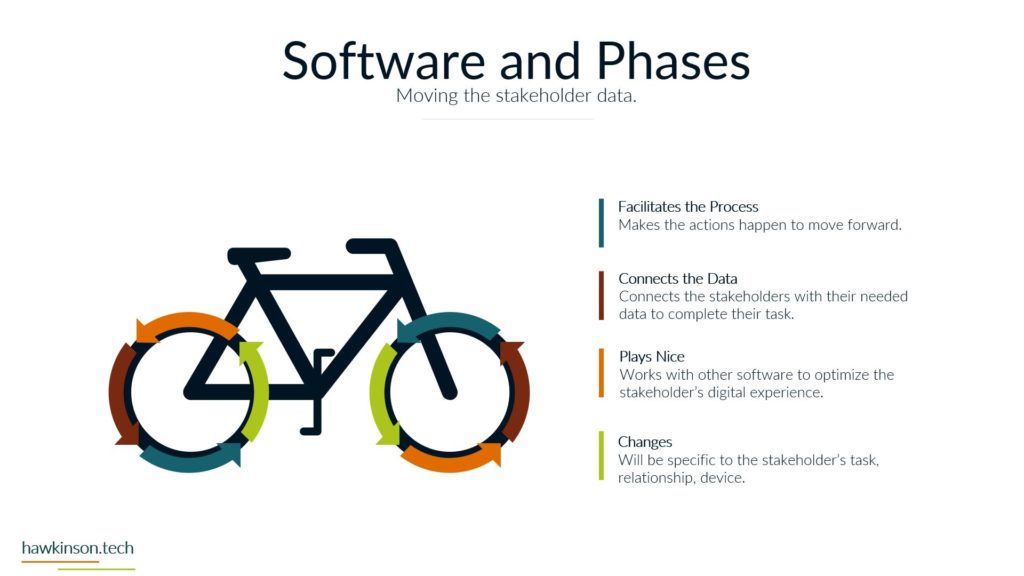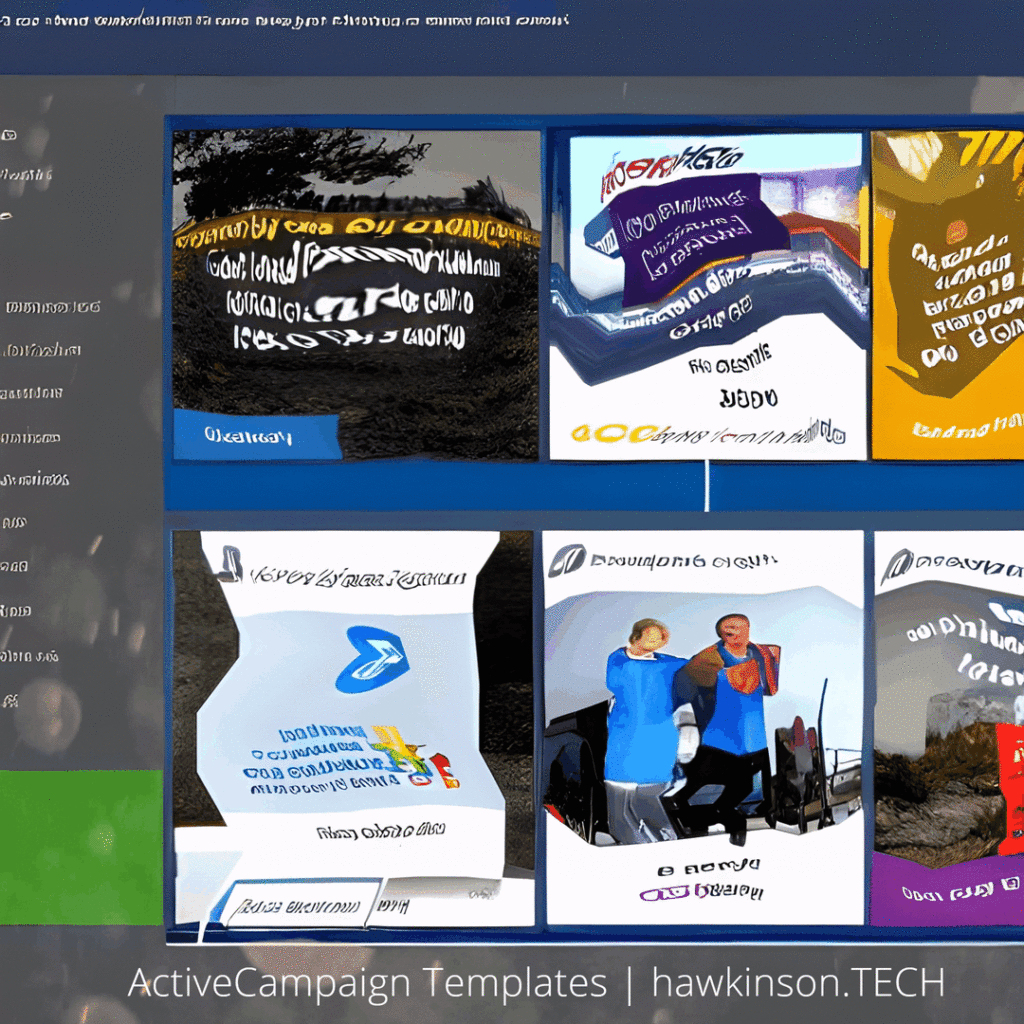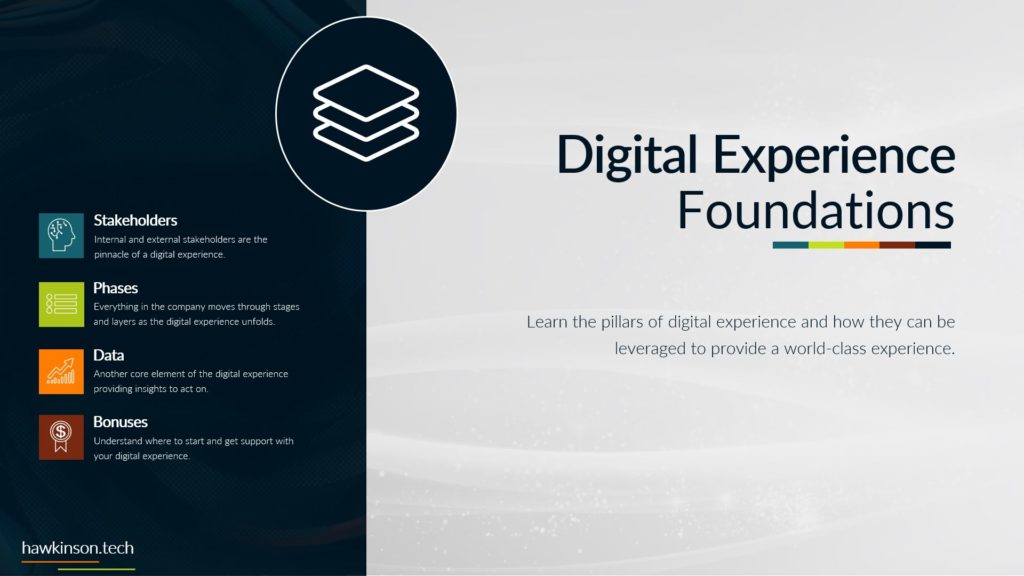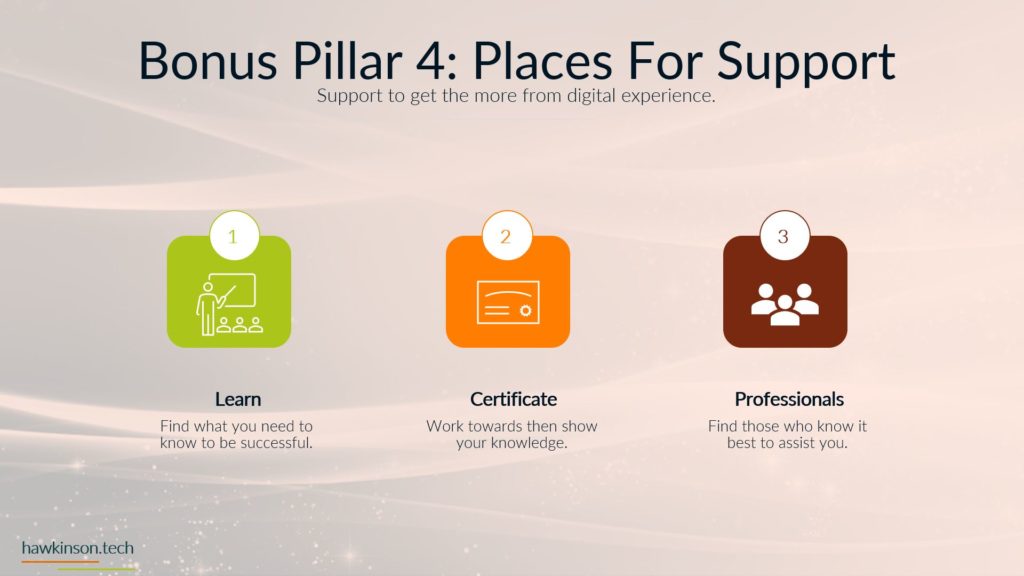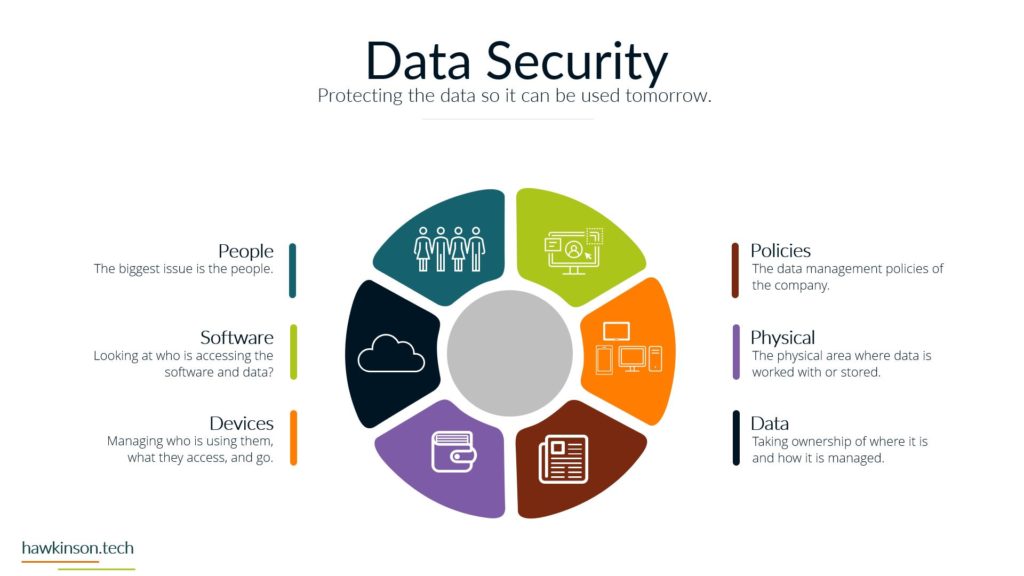Facebook Messenger is a messaging platform developed by Facebook, designed to connect people from all over the world. It is an all-in-one communication tool that allows users to send and receive messages, make voice and video calls, share photos and videos, and even make payments. Facebook has over 2.96 billion active users every month, out of which at least 1 billion are known to use Facebook Messenger.
As a result, it has become one of the most popular messaging apps in the world – surpassing WhatsApp messenger.
Key Features
- Instant Messaging (IM): Facebook Messenger allows users to send and receive instant messages to anyone on Facebook. You can start a conversation with a friend or family member, join group chats, and even connect with businesses through the app.
- Voice & Video Calls: With Facebook Messenger, you can make voice and video calls to anyone on Facebook for free. You can make high-quality calls over Wi-Fi or cellular data and even add multiple people to a call for group conversations.
- Payments: Facebook Messenger lets you send and receive money through the app. You can link your debit card or PayPal account to your Messenger account and easily send or receive money from friends and family.
Other key features of Facebook Messenger include:
- Chatbots: Businesses can use chatbots to interact with customers and provide customer support through the app.
- Games: Facebook Messenger offers a variety of games that users can play with friends within the app.
- Reactions & Emojis: Users can react to messages with emojis and customize their conversations with fun stickers and filters.
- Messenger Rooms: With Messenger Rooms, you can create virtual rooms where you can host video calls with up to 50 people, even if they don’t have a Facebook account.
- Up To 25 MB Sharing Capacity.
Group video call with up to eight participants.
















